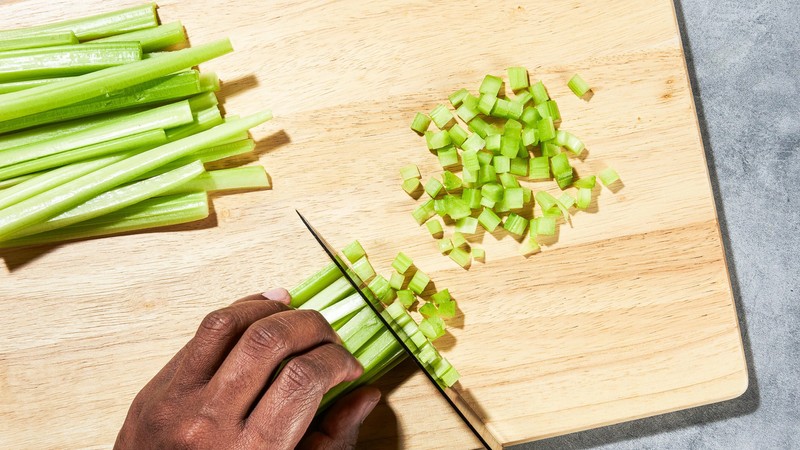The Washington Post’s Becky Krystal answers the question: “What is your go-to cutting board for meat and veggies?”
I actually have a few go-to boards, not just one.
Most of my savoury cooking prep takes place on a large wood cutting board. (I don’t recommend glass or metal, as they will dull your knives almost immediately.) It gives me plenty of room to cut vegetables – too-small boards are just a knife accident waiting to happen.
I have a separate, smaller board I use for fruit (and sometimes less aromatic vegetables, such as cucumbers and tomatoes, which, yes, are technically both fruit). There are two main reasons for that. One, no matter how scrupulous I am about cleaning the big wood board, it can sometimes carry over garlic and onion flavours. Normally, that’s not a big deal for savoury dishes, which is why I don’t go crazy trying to remove every last smell, but it’s not something I want to taste in, say, diced pineapple.
I also like having a smaller wood board for fruit because it means I don’t have to lug out the giant one every time I need to cut an apple. This board is also a good one for bread, though I do have a separate small bread board since we tend to almost always have a partially sliced loaf hanging out on the counter waiting to be eaten over several days.
When I cook meat at home, I use a dedicated plastic board for the purpose because it’s easy to chuck in the dishwasher for cleaning. If you’re trying to avoid plastic, wood is also perfectly safe to use for cutting meat and seafood, though food safety experts recommend you have a separate board for just that purpose, rather than using the same one for food that will never be cooked.
Regardless of the type of board, wash with mild dish soap and hot water, then pat dry. If your board is dishwasher-safe, it’s fine to do that. Avoid putting wood boards in the dishwasher, which can cause them to warp or crack.
If you feel compelled to sanitize, the US Agriculture Department recommends a solution of 1 tablespoon of bleach to 3.7 litres of water. Flood the board with the bleach solution, let it stand for several minutes, then rinse and pat dry.
